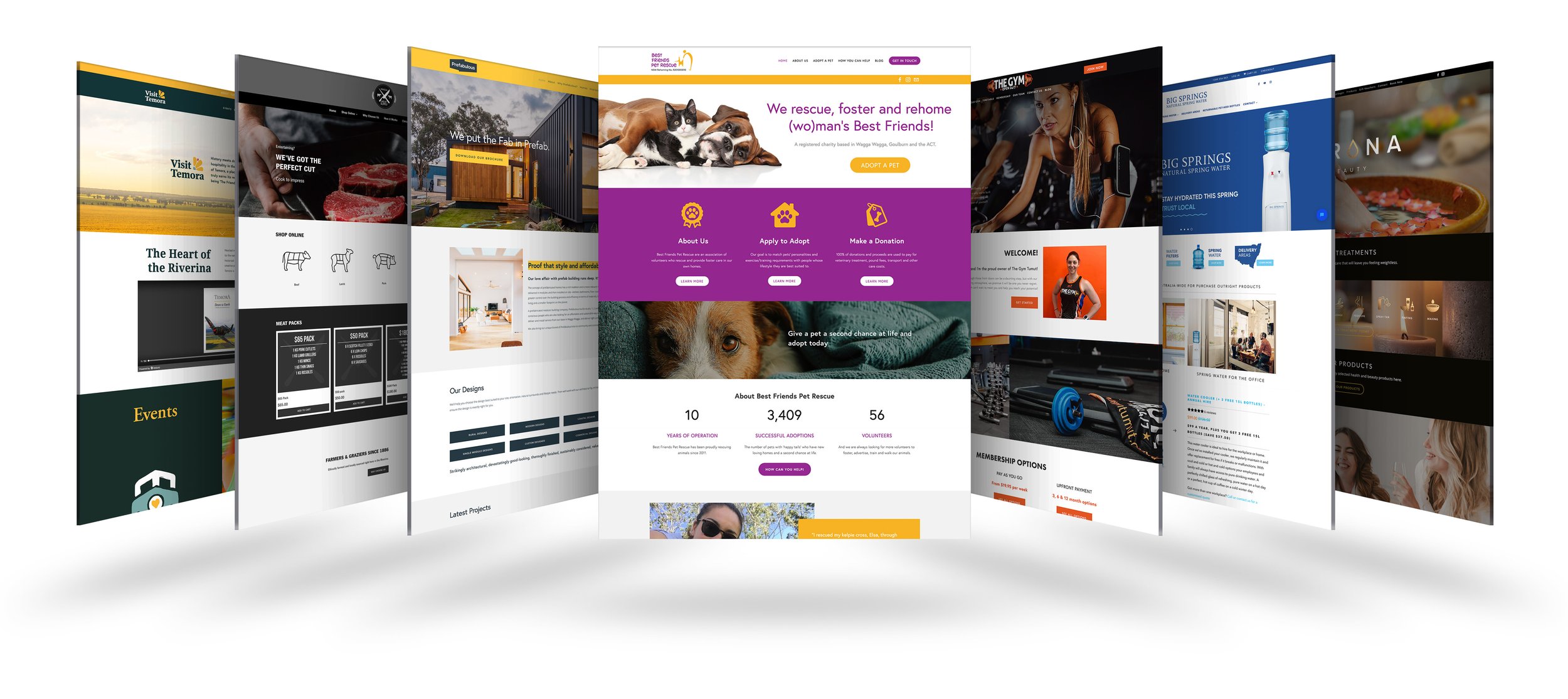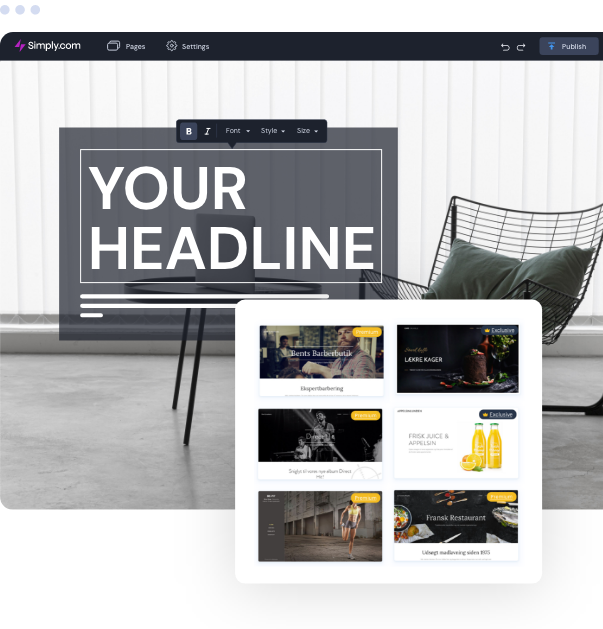Personalized Website Creation Singapore: Tailored Solutions for Any Business
Personalized Website Creation Singapore: Tailored Solutions for Any Business
Blog Article
Top Trends in Website Style: What You Required to Know
As the landscape of website style continues to evolve, recognizing the most up to date trends is vital for creating reliable and interesting online experiences. Minimalism, dark setting, and mobile-first approaches are among the crucial themes shaping modern design, each offering special benefits in user involvement and performance. In addition, the focus on accessibility and inclusivity underscores the importance of developing electronic settings that deal with all individuals. However, the effects of these fads exceed aesthetics; they stand for a change in just how we view customer interaction. What various other variables are affecting these design selections today?
Minimalist Design Looks
Recently, minimalist layout aesthetic appeals have become a dominant pattern in website design, emphasizing simpleness and functionality. This approach focuses on vital material and gets rid of unnecessary elements, consequently boosting individual experience. By focusing on tidy lines, ample white area, and a restricted color palette, minimalist styles promote easier navigating and quicker tons times, which are vital in retaining users' focus.
The performance of minimal design hinges on its capability to convey messages plainly and directly. This quality promotes an instinctive user interface, enabling customers to accomplish their goals with minimal diversion. Typography plays a significant function in minimalist design, as the choice of font style can stimulate particular emotions and assist the individual's trip via the web content. The tactical use of visuals, such as high-quality pictures or refined computer animations, can improve individual interaction without frustrating the overall aesthetic.
As electronic spaces proceed to progress, the minimal style concept remains relevant, dealing with a diverse target market. Businesses adopting this trend are frequently viewed as modern-day and user-centric, which can dramatically influence brand understanding in a progressively open market. Inevitably, minimal design aesthetic appeals supply an effective service for efficient and appealing website experiences.
Dark Mode Popularity
Welcoming an expanding fad amongst customers, dark setting has actually acquired substantial popularity in website design and application user interfaces. This design approach features a primarily dark shade combination, which not only enhances aesthetic allure however additionally minimizes eye stress, particularly in low-light settings. Individuals increasingly appreciate the convenience that dark mode provides, resulting in much longer engagement times and an even more pleasurable browsing experience.
The fostering of dark mode is additionally driven by its perceived benefits for battery life on OLED displays, where dark pixels eat less power. This practical advantage, incorporated with the stylish, modern appearance that dark styles offer, has actually led numerous designers to incorporate dark setting options right into their jobs.
Additionally, dark setting can produce a sense of deepness and focus, accentuating crucial elements of an internet site or application. web design company singapore. As an outcome, brands leveraging dark setting can improve customer interaction and create an unique identity in a crowded market. With the trend remaining to climb, incorporating dark mode right into website design is coming to be not just a preference however a basic expectation among users, making it necessary for designers and designers alike to consider this aspect in their projects
Interactive and Immersive Components
Regularly, designers are including interactive and immersive components right into websites to enhance user engagement and develop unforgettable experiences. This pattern reacts to the enhancing expectation from individuals for more dynamic and individualized interactions. By leveraging features such as computer animations, video clips, and 3D graphics, websites can attract individuals in, cultivating a much deeper connection with the content.
Interactive aspects, such as quizzes, polls, and gamified experiences, encourage visitors to proactively get involved rather than passively take in information. This engagement not just keeps customers on the site longer yet likewise boosts the possibility of conversions. Furthermore, immersive technologies like virtual reality (VR) and enhanced truth (AR) supply one-of-a-kind opportunities for services to showcase items and services in see here now a much more compelling manner.
The incorporation of micro-interactions-- small, subtle animations that react to individual actions-- additionally plays an important duty in improving functionality. These communications give responses, enhance navigation, and develop a feeling of contentment upon completion of tasks. As the digital landscape remains to develop, using interactive and immersive elements will stay a substantial emphasis for designers aiming to develop appealing and reliable online experiences.
Mobile-First Strategy
As the occurrence of mobile devices remains to surge, embracing a mobile-first strategy has become important for internet designers intending to optimize user experience. This strategy highlights designing for smart phones prior to scaling as much as bigger screens, ensuring that the core functionality and material come on the most typically used platform.
Among the main benefits of a mobile-first technique is improved efficiency. By concentrating on mobile style, websites are streamlined, minimizing lots times and boosting navigating. This is particularly crucial as customers expect fast and responsive experiences on their mobile phones and tablets.

Accessibility and Inclusivity
In today's digital landscape, making sure that web sites come and comprehensive is not just an ideal method yet an essential need for reaching a diverse target market. As the web continues to function as a key methods of interaction and business, it is vital to recognize the diverse requirements of users, consisting of those with impairments.
To attain real access, web developers should abide by developed standards, such as the Web Material Availability Guidelines (WCAG) These standards emphasize the significance of providing text alternatives for non-text material, ensuring keyboard navigability, and preserving a rational material structure. Additionally, comprehensive style techniques expand beyond conformity; they involve producing an individual experience that suits various abilities and choices.
Incorporating features such as flexible text dimensions, shade comparison alternatives, and display reader compatibility not just boosts usability for people with disabilities but also improves the experience for all individuals. Eventually, prioritizing access and inclusivity fosters a more equitable digital environment, urging wider engagement and involvement. As companies increasingly identify the ethical and economic imperatives of inclusivity, integrating this contact form these concepts into website design will certainly become a vital facet of successful online strategies.
Conclusion

Report this page